Quantum computing: Facts about the ultra-powerful computers that use quantum mechanics
Discover interesting facts about quantum computers, how they differ from classical computers, and what sort of fields they'll be used in.
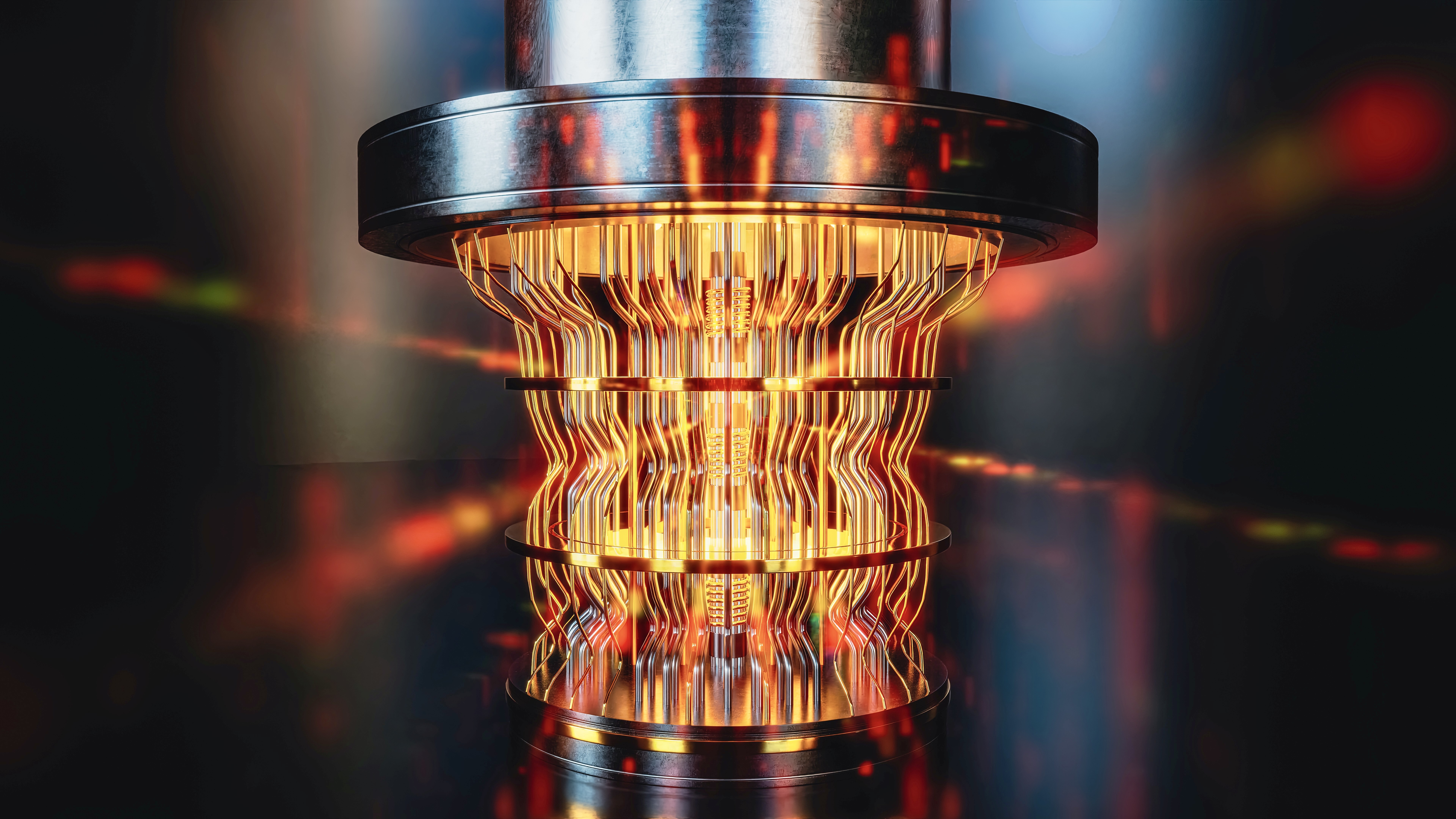
What they are: Powerful computers that process information using the strange laws of quantum mechanics, which operate at the subatomic level
How they work: Unlike normal computers, which use digital bits that have only one value at a time (0 or 1), quantum computers use qubits, or quantum bits, that can hold multiple values at once.
What they could be used for: Building powerful artificial intelligence systems and solving difficult problems in fields such as drug discovery and material science.
Quantum computers are often touted as the next generation of computing. They rely on the laws of quantum mechanics — the weird behavior of particles at a subatomic scale — to process information. Currently, quantum computers are too small, too difficult to maintain and too error-prone to compete with today's best classical computers. However, many experts expect quantum computing to one day overtake classical computing for specific tasks.
The technologies that enable quantum computing have advanced rapidly in the past few years. One day, they may be able to solve problems that are too complex for even today's most powerful conventional computers. This massive performance gain could open the door to many exciting uses including in pharmaceuticals, climate modeling and manufacturing, all of which rely on hugely complex simulations.
Everything you need to know about quantum computers
What's the difference between quantum computing and classical computing?
Classical computers process data using binary bits, which can be in one of two states — 0 or 1. The bits are encoded on transistors, which can be made from silicon, germanium or other semiconductors.
Quantum computers use particles such as electrons or photons that behave as quantum bits, or qubits, which represent a superposition of both 0 and 1 — meaning they can exist in multiple states at once. The strange laws of quantum physics also mean that qubits can become entangled, in which the state of multiple qubits are linked despite the distance between them.
How do quantum computers work?
Quantum computers have an iconic chandelier structure. This structure hosts a series of interconnected tubes and wires that contain different layers of the computer. Most quantum computers are linked with massive, powerful refrigerators that cool the processors to near absolute zero to minimize thermal noise and vibrations. Quantum computers all have slightly different architecture, but they tend to have the following elements.
Quantum data plane: The quantum data plane houses the qubits and is where data is processed via quantum gates. Some qubits are made of solid superconductors cooled to just above absolute zero. Others use electromagnetic fields to trap ions, or charged atoms that act as the qubits in high-vacuum chambers. The vacuum pressure minimizes interference from vibrations and stabilizes the qubits.
Control and measurement plane: The control and measure plane converts a digital signal from the processor, which uses classical computing, into the analog signals used in the quantum data plane.
Control processor plane and host processor: The control processor plane and host processor implement quantum algorithms, which are a sequence of operations designed to run on a quantum computer. After performing a quantum calculation, the host processor relays a classical digital signal to the control and measurement plane.
Quantum software: Getting the processor output into the control and measurement plane requires another element: quantum software. Quantum software is made up of quantum algorithms.
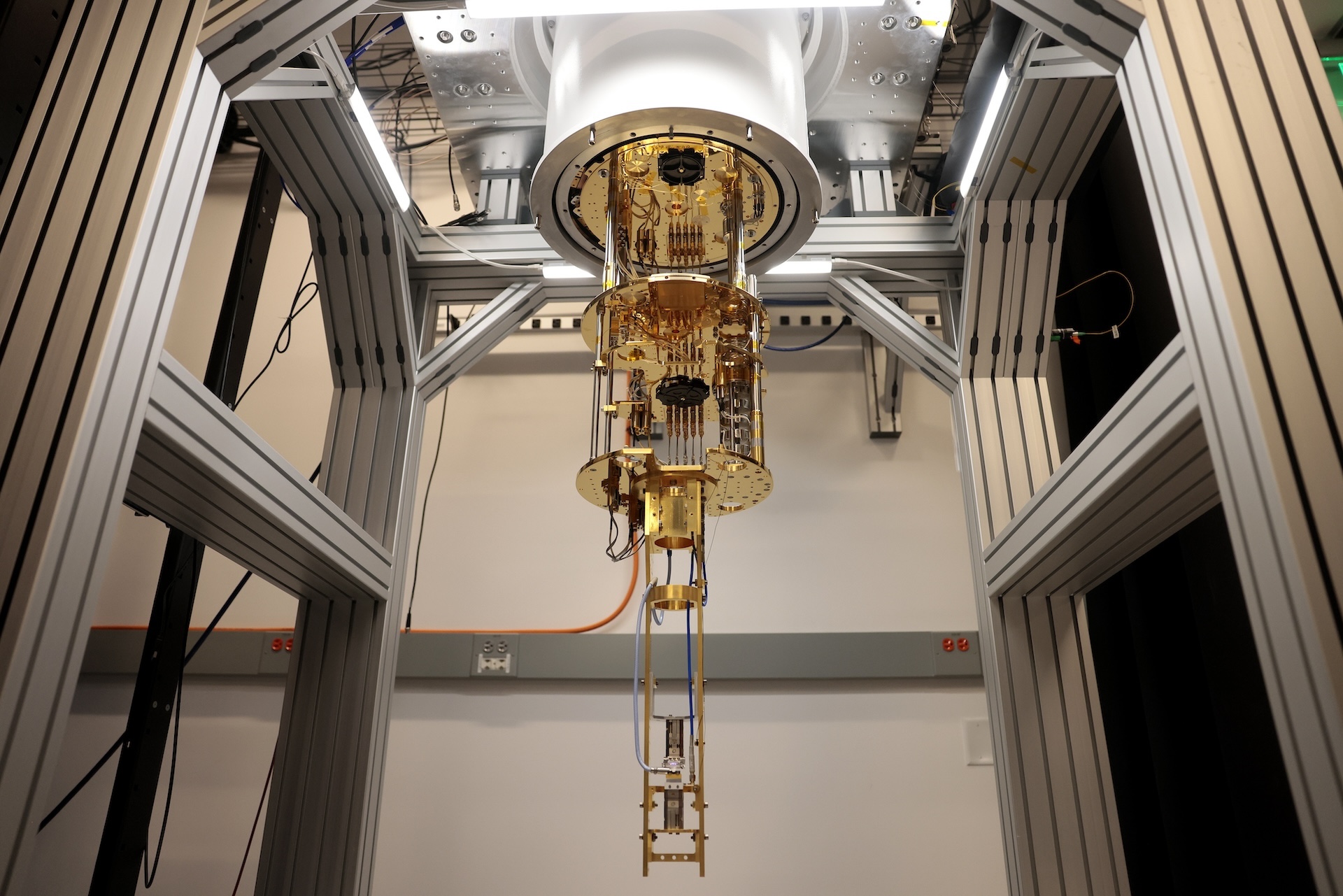
Why do we need quantum computers?
In theory, quantum computers could be far faster than classical computers and simultaneously solve multiple complex problems. They are particularly promising for optimization tasks, which involve finding the best possible solution to a problem. Classical computers struggle when a problem has an extremely large number of possible solutions. A quantum computer, however, could consider all potential solutions and quickly find the optimal one. Drug discovery or material science — where the fastest classical computers are currently deployed — are two examples of how quantum computers could be used.
Quantum computers could also transform artificial intelligence (AI). AI systems are trained using large data sets, so quantum computers could enable bigger and more complex data sets to be used for training AI, thereby leading to increasingly sophisticated systems.
Why are quantum computers so hard to build?
Quantum computers are delicate and susceptible to interference from external sources, such as temperature changes or stray particles. When there is interference, qubits are susceptible to decoherence, or the collapse of their quantum state. Decoherence makes quantum computers far more error-prone than conventional computers. While roughly 1 in 1 billion billion bits fail, the failure rate for qubits is roughly 1 in 1,000 — that's 1,000,000 times more errors.
Although there are ways to protect a quantum system from external influences, errors can still creep in. Scientists have made quantum algorithms to compensate for errors in quantum computers, but these require qubits to run, reducing how many are available to process the data. Another quirk of quantum mechanics is that directly observing or measuring the state of a particle or atom in superposition destroys it. That means researchers must use tricky workarounds to read the quantum state of the output, as direct observation risks corrupting the data.
How will quantum computers change the world?
Quantum computers will be a disruptive technology once we achieve quantum supremacy — the point at which quantum computers can outperform the best classical computers. But it's uncertain when scientists will build a quantum computer powerful enough, with millions of error-corrected qubits.
Even then, classical computers will remain the easiest way to solve most problems. Quantum computers will likely only be used to tackle problems that are beyond the capabilities of classical computers.
One area that will likely be affected, however, is encryption, which protects sensitive data such as financial records and personal information. Modern encryption methods rely on mathematical problems that are too complex for classical computers to solve. However, a quantum computer would easily be able to solve them. Quantum cryptography is now a burgeoning field as researchers attempt to develop quantum-resistant encryption to protect sensitive data from being cracked by quantum computers.
Glossary
- Qubits: The basic unit of information in a quantum computer. Unlike a classical computer bit, a qubit can be both 0 and 1 at the same time, which allows quantum computers to process more information at once.
- Superposition: A special property governed by quantum mechanics that allows qubits to exist in multiple states (0 and 1) at the same time.
- Quantum entanglement: A phenomenon where the fates of two particles are linked, even if they are physically separated. Qubits can be entangled so that the state of one instantly affects the state of others.
- Quantum algorithms: Step-by-step procedures that are designed to run on quantum computers to perform calculations. These algorithms leverage superposition and quantum entanglement to allow for more complex operations.
- Quantum supremacy: The point at which quantum computers can reliably outperform the most powerful classical supercomputers.
Quantum computing pictures
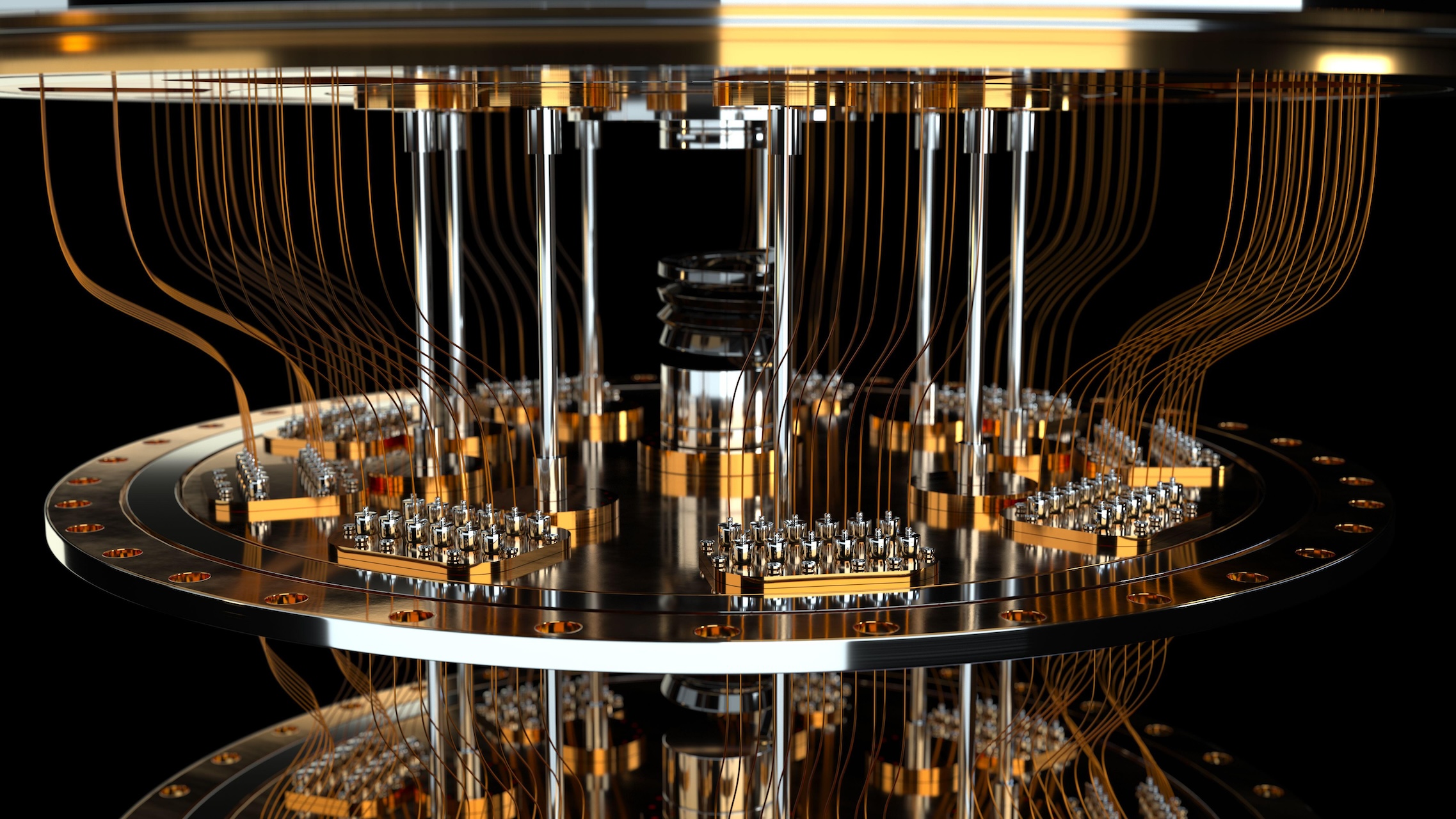
Quantum close-up
A close-up of the architecture of a quantum computer.
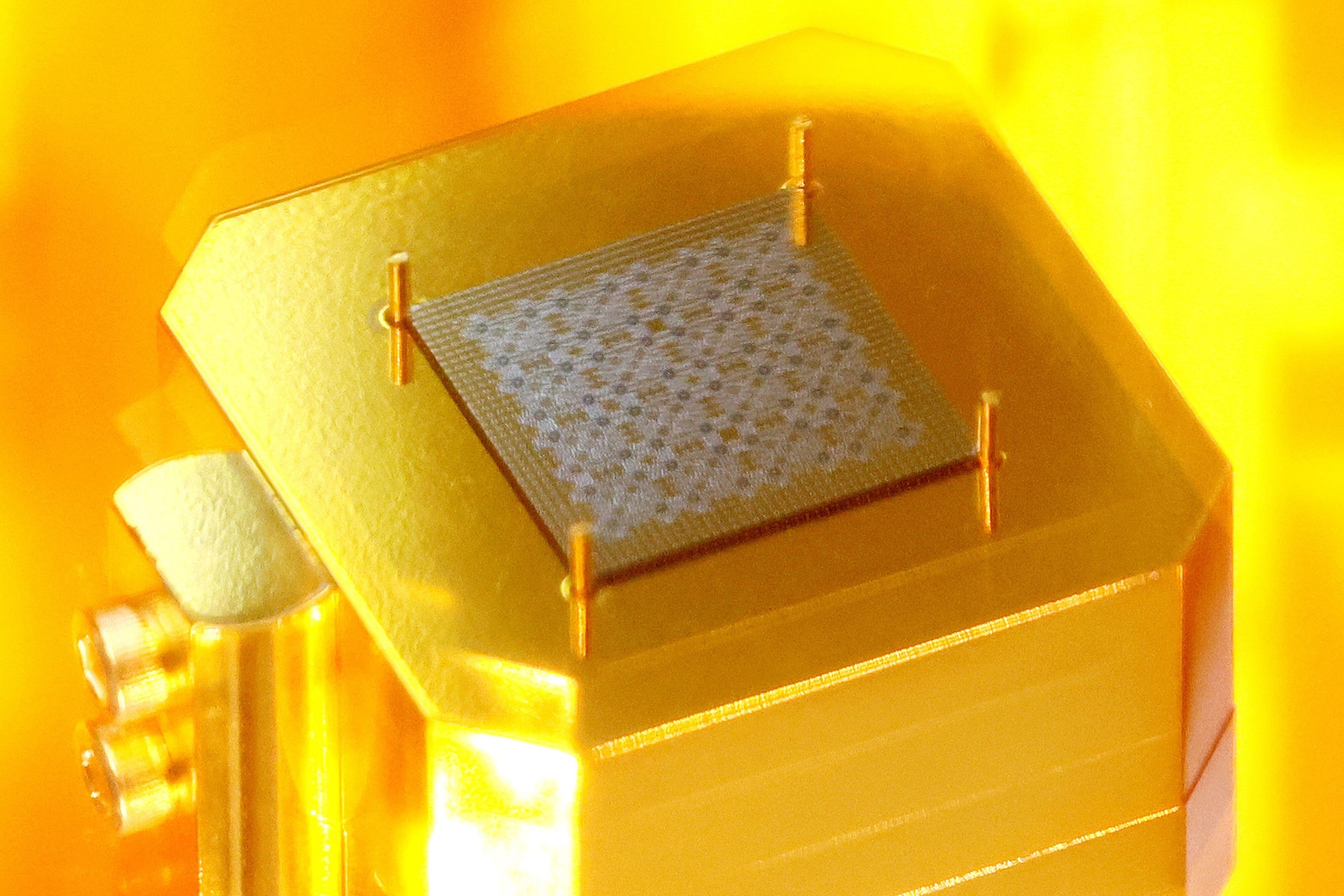
Quantum chips
This 64-qubit quantum chip is from the Fujitsu laboratory in Kawasaki, Japan.
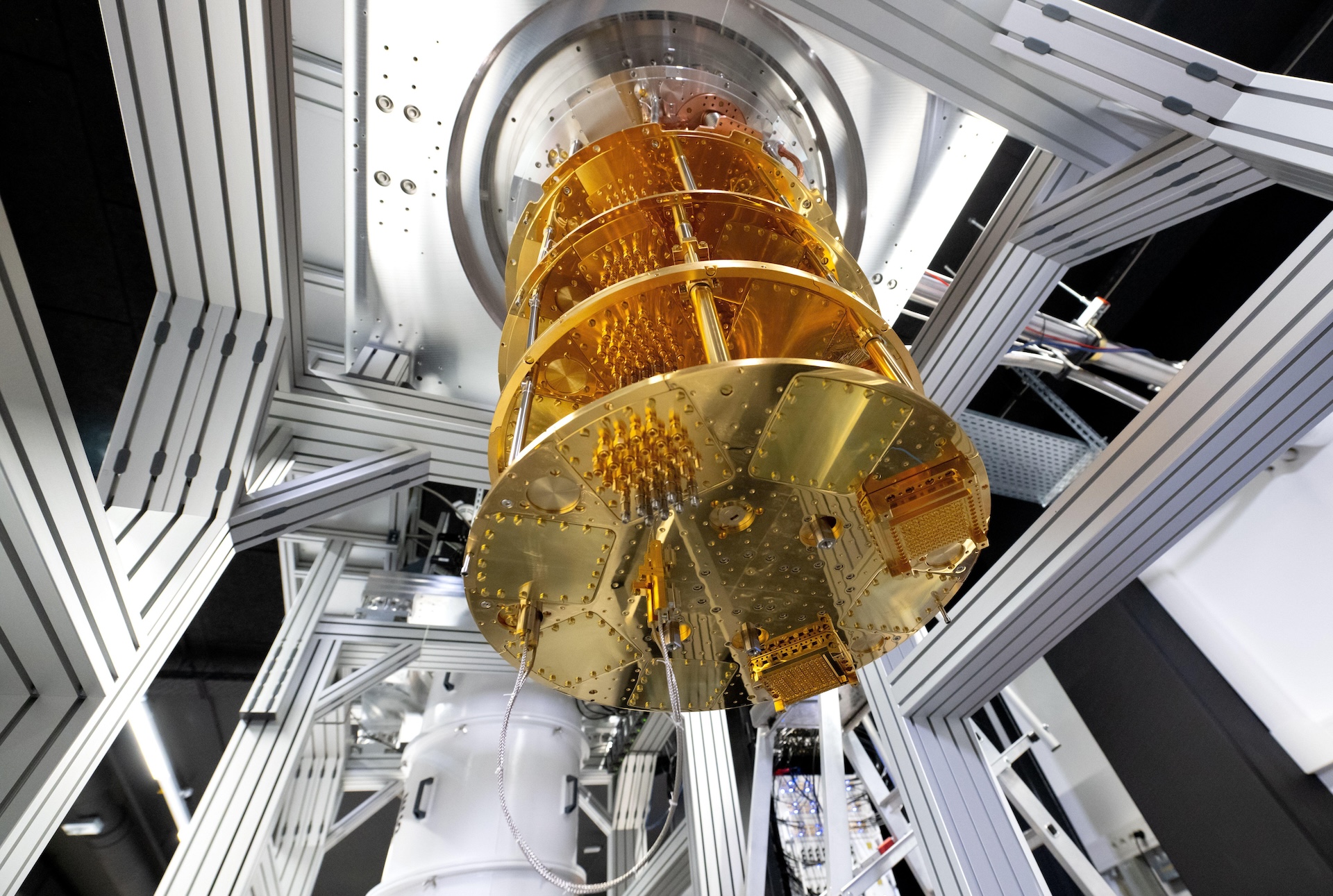
Near-absolute zero
Quantum computers are often housed with powerful refrigerators that help keep them cool.
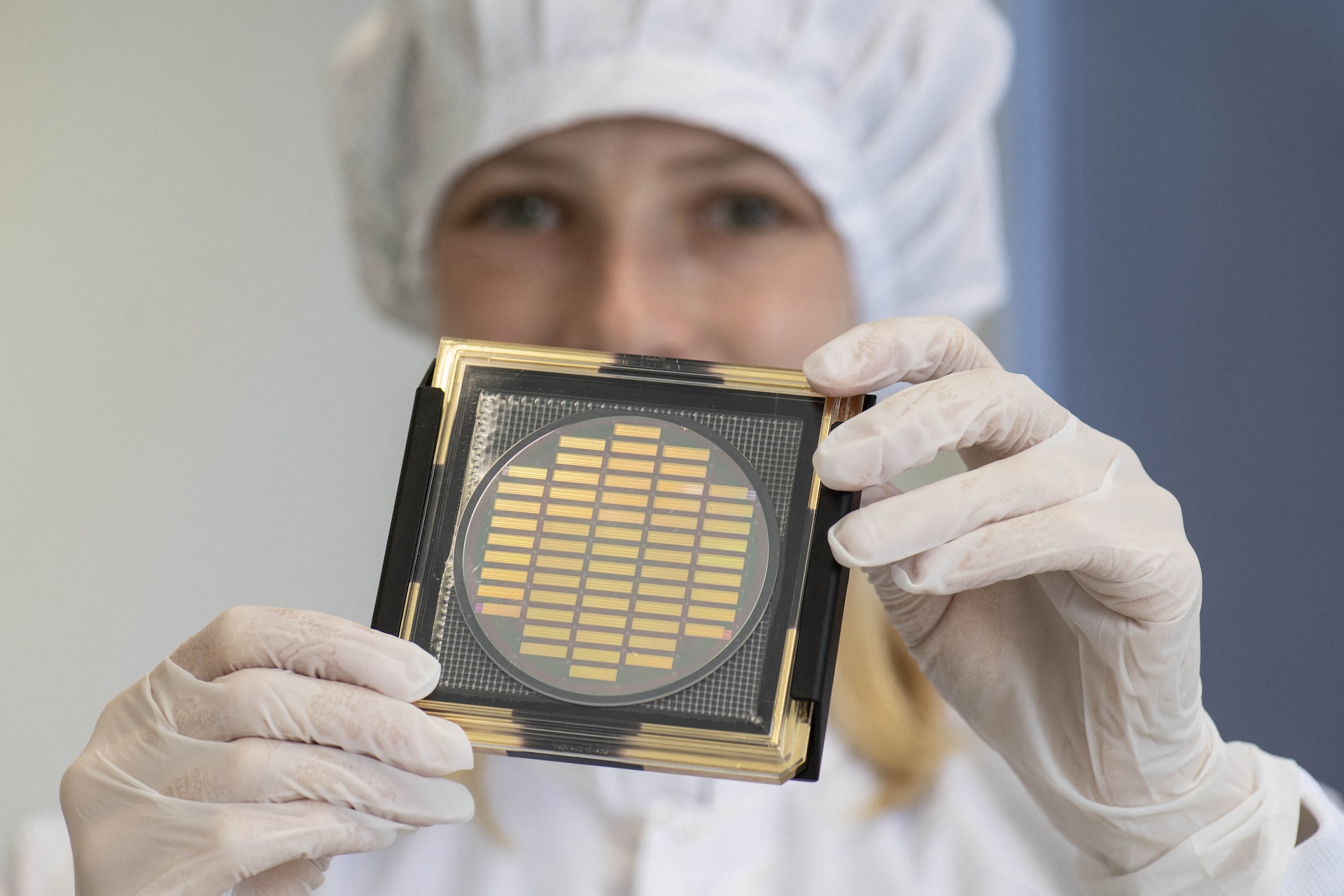
Photonic chips
Some quantum computers use photonic chips, which rely on light rather than electricity.
Discover more
- Quantum mechanics: Definitions, axioms, and key concepts of quantum physics
- Will we ever have quantum laptops?
- Do quantum universes really exist?
Get the world’s most fascinating discoveries delivered straight to your inbox.
Peter is a degree-qualified engineer and experienced freelance journalist, specializing in science, technology and culture. He writes for a variety of publications, including the BBC, Computer Weekly, IT Pro, the Guardian and the Independent. He has worked as a technology journalist for over ten years. Peter has a degree in computer-aided engineering from Sheffield Hallam University. He has worked in both the engineering and architecture sectors, with various companies, including Rolls-Royce and Arup.
- Marilyn PerkinsContent Manager
You must confirm your public display name before commenting
Please logout and then login again, you will then be prompted to enter your display name.


